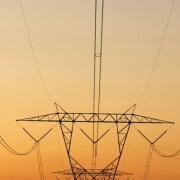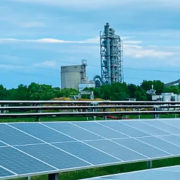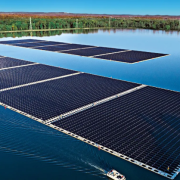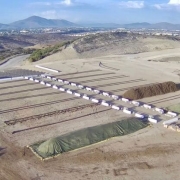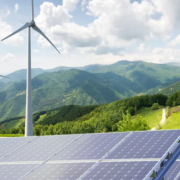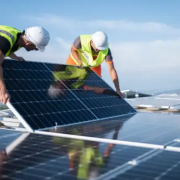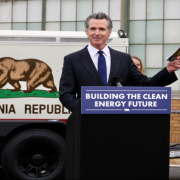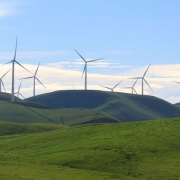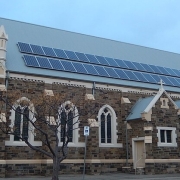As clean energy production ramps up, transmission reform is becoming a major priority for the renewables industry. Tens of thousands of megawatts of wind and solar capacity are in the interconnection queue, waiting to be able to connect to the grid.
The debt ceiling agreement reached by Congress and the White House earlier this month contained reforms to permitting, but not transmission. It instead requires the North American Electric Reliability Corp., or NERC, to study interregional transmission capacity needs between regions over 18 months.
Click here to read the full article
Source: Utility Dive
—
If you have any questions or thoughts about the topic, feel free to contact us here or leave a comment below.

